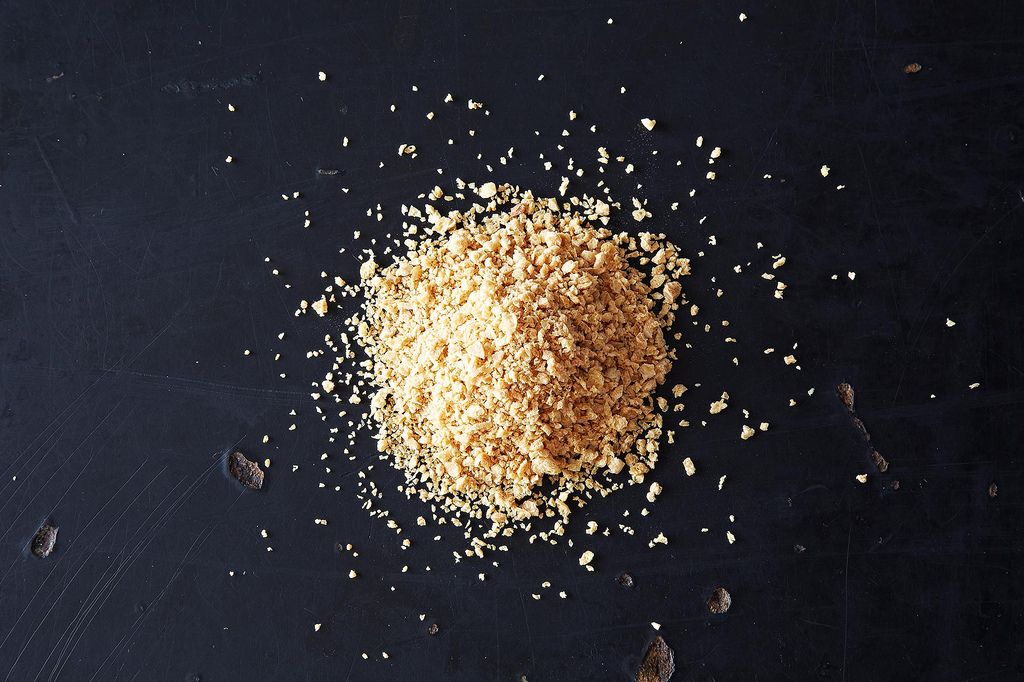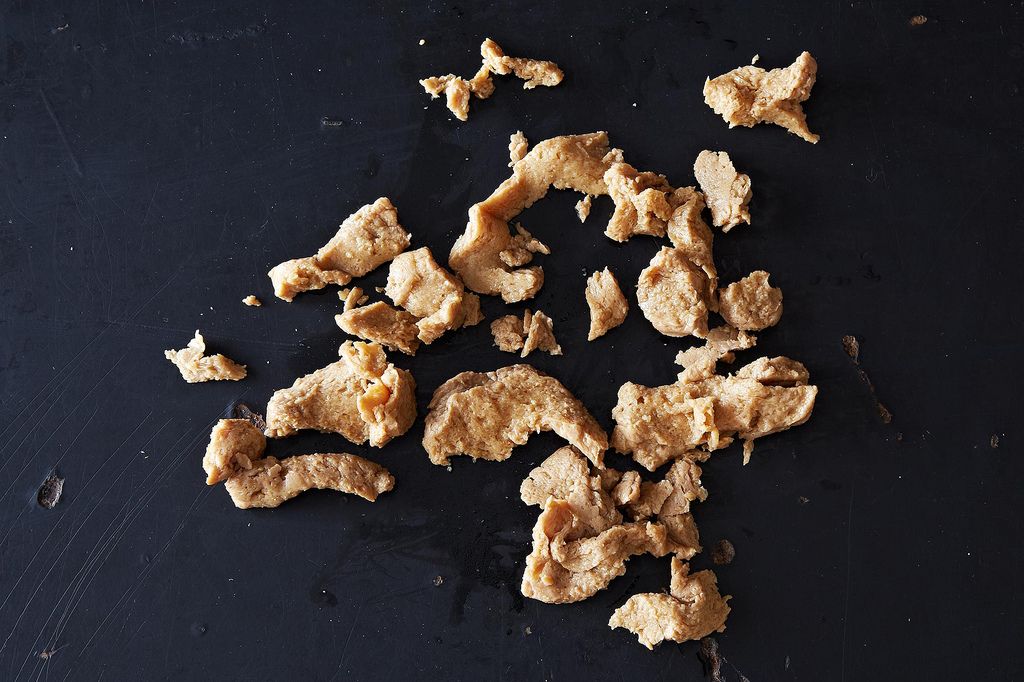Popular on Food52
17 Comments
Priscilla R.
March 7, 2016
Really in love with this new Tempha! Its not tempeh but it is made of fermented brown rice and black beans. I only find it at farmers markets in Los Angeles, at this tiny stall called Dave's Gourmet Korean Food. My husband and I have been preparing many of our veggie meals with this new source of protein. We even snack on it. I think it would of great service for all vegans and vegetarians to check it out! Even Food52, I think it's a good idea to look into it!
Jen J.
May 15, 2015
For a long time my preference veered toward tempeh, I just love it's firm, nutty texture, but then I finally learned to cook tofu to my liking which is firm and chewy, now I just love to cook and eat both! Here are some of my favorite ways http://sweetgreenkitchen.com/category/recipes/tofu/ - like my sticky, sweet and spicy Maple Orange Tempeh OR Kale Salad with Creamy Cashew Dressing and Crispy Tempeh Croutons or Tofu Summer Rolls with different dipping sauces, yum and Enjoy! http://sweetgreenkitchen.com/category/recipes/tofu/
tingroo
October 19, 2013
My favorite of the list is tofu. There are endless possibilities. Currently I'm obsessed with a soup that requires forcing a block of firm tofu through a sieve and adding it to a pot of miso soup, simmering with onions, seaweed, sesame seeds, tamari, and mirin. It's a simple version of Kenchinjiru (Japanese temple food).
Mbeksie
October 2, 2013
this is great info. I've been trying to make meatless meals at home because they sell very expensively in Port Elizabeth, RSA where I live. I wonder how convenient it would be to source seitan though... Thanks once more - the additional info by Valentina was quite insightful too.
savorthis
October 1, 2013
I usually steer clear of making vegetarian dishes with meat-like substitutes, but during a Meatless March a few years ago I made some tempeh tacos that I really liked and still make: http://food52.com/recipes/18600-tempeh-tacos. Otherwise I like a sweet sticky glaze on tempeh (roughly based on Heidi Swanson's recipe: http://www.101cookbooks.com/archives/orange-panglazed-tempeh-recipe.html) and love caramelized or agedashi tofu. Seitan, though, I can do without. The texture is just too weird for me.
Panfusine
October 1, 2013
It almost seems like the article highlights on Soy as the main Vegetarian protein source (except for the wheat gluten of course) and also views it from a Meat texture perspective. (in terms of texture or substitutions). As a person who has NO clue about what meat tastes or feels like (other than an anatomy lab perspective) Why is it so crucial to focus on foods from a Meat eating Frame of reference?
Sarah J.
October 1, 2013
Hi Panfusine, Thank you for your comment! Soy and wheat gluten are obviously not the only source of vegetarian protein and some vegetarians may get all of their protein from other sources. We just wanted to have a reference on the site for those cooks who do want to learn more about these forms of proteins (and who might be looking for a more meat-like substitute than beans, nuts, eggs, or quinoa!). That being said, as a lifelong vegetarian myself, I almost never eat meat analogues or substitutes BECAUSE they are meat substitutes -- only because I think that, when cooked well, they can taste great!
Valentina S.
October 1, 2013
If you can figure out the amino-acids content in the protein in each food, you can easily make up for deficiencies by mixing stuff up. If we know that beans lack Methionine and Cystine, we can make up for it with grains, which in turn lack Lysine. A diet which includes grains, legumes, seeds, rice, and nuts daily will surely provide a complete and high-quality protein intake. I wouldn't even trust soy to be a 100% high quality protein source.
Let us not forget split peas, which pack a whopping 25g of protein per 100g. I'd like to try pea protein to add to shakes...if Frank Medrano is vegan and ripped, he must be doing something right.
Managing a healthy vegan diet and getting info on all the nutritional values of food does take a bit of work. But then again, all properly done things do.
Let us not forget split peas, which pack a whopping 25g of protein per 100g. I'd like to try pea protein to add to shakes...if Frank Medrano is vegan and ripped, he must be doing something right.
Managing a healthy vegan diet and getting info on all the nutritional values of food does take a bit of work. But then again, all properly done things do.
Almyra P.
October 1, 2013
I found that living in Asia, especially Jakarta, makes it waay easier to eat plant based food.The tofu and tempe are simply the best. Do try sweet soy sauce (Indonesian). It is soy cooked with palm sugar until it has a somewhat caramel taste. Great for stew, condiments, and even stir fries because you will be mixing it it with chilies, ginger, etc. Oh the possibilities!
Emily
October 1, 2013
Thanks for this list! It's a great resource even for non-vegetarians who like to branch out in their protein sources every now and then.
~Emily
http://www.theorangeslate.com
@emilyamccord
~Emily
http://www.theorangeslate.com
@emilyamccord
Trees
October 1, 2013
I really like making nut-based pestos to get my protein. I'm vegan, so making pestos with nutritional yeast instead of cheese works well and makes dishes richer and gives a punch of umami flavor.
Lost_in_NYC
October 1, 2013
What about quinoa? Eggs is debated as a protein depending on how hard core of a vegetarian one is.
Girlfromipanema
October 1, 2013
Agreed, would like to know how these soy-based proteins stack up against quinoa and other grains, nuts, beans, etc.
Sarah J.
October 1, 2013
For this article, we were focusing on soy- and wheat-based proteins, but quinoa and beans are also great protein sources. 100 grams of quinoa contains 14 grams of proteins; black bean: 22 grams of protein; almonds: 21 grams of protein.







See what other Food52 readers are saying.